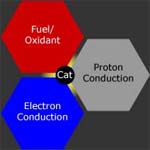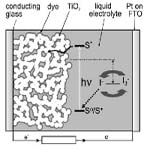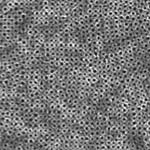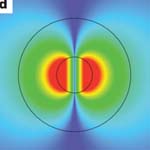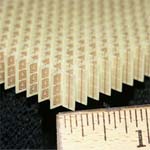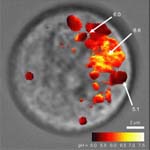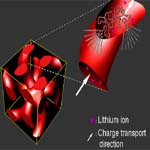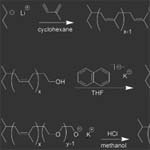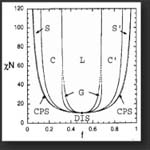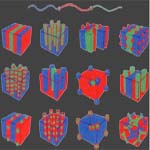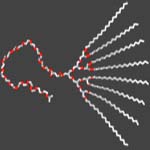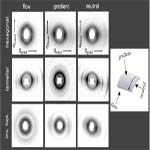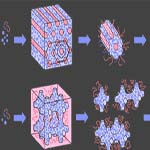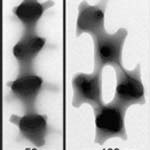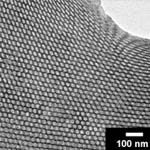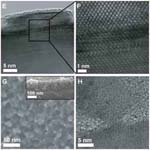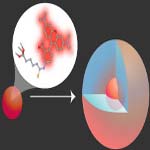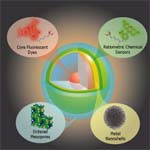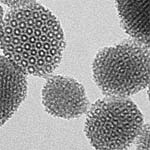The goal of current research in the Wiesner group is to combine knowledge about the self-assembly of soft polymeric materials with the functionality of solid-state materials to generate novel hierarchical and multifunctional hybrid materials. Research results of the group on the use of block copolymers as structure directing agents for inorganic materials suggest that in analogy to biology, the sequence information of higher order blocked synthetic macromolecular architectures may be used to encode information about hierarchical structure of co-assemblies with ceramic or other materials. These principles may permit the design of entirely new classes of functional materials that have no analogue in the natural world with potential applications ranging from power generation and energy conversion all the way to the life sciences.
| 

